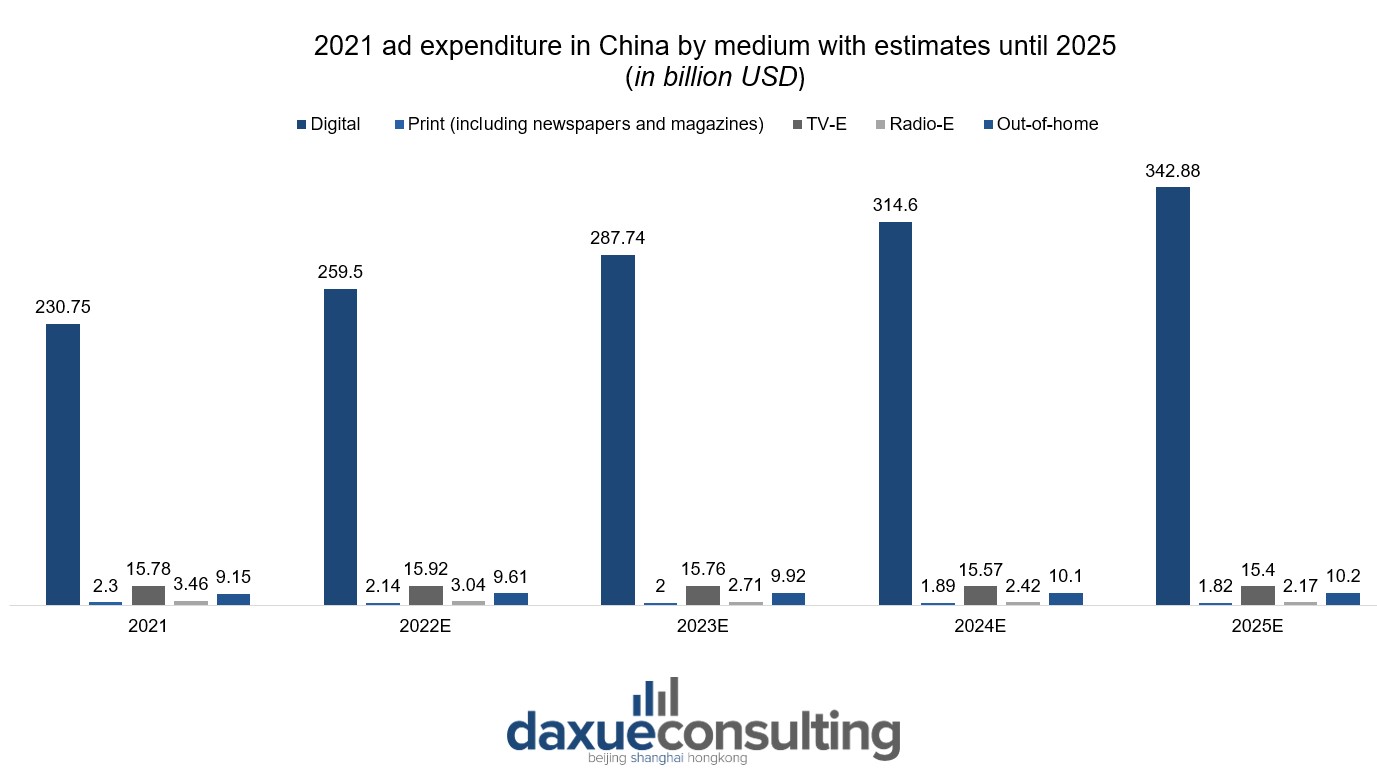The Public Relations (PR) sector focuses on enhancing a company’s reputation and promoting a positive brand image. It differs from marketing by emphasizing brand perception and prestige.
Developing an effective PR strategy in China might prove to be challenging due to the unique characteristics of the Chinese audience. Nonetheless, it is necessary to manage the brand’s image and emerge in the Chinese landscape.
Cultural sensitivity and crisis prevention: essential aspects of PR strategy in China
The danger of being dragged into scandals in China is always around the corner. Brands’ discrimination- or political-based communication mistakes are among the main reasons behind the surge of controversies.
To prevent such missteps, it is crucial to learn how to effectively communicate with the Chinese audience and demonstrate respect for their culture and traditions.
1. Understanding and showing respect for Chinese viewpoints
Cultural misunderstandings are among the main reasons behind foreign brands’ PR mismanagement. Western countries and China undeniably have different cultural backgrounds and contrasting stances on controversial political matters. However, brands should know how to show respect toward dissimilar cultural heritages and exercise caution in making political declarations, ensuring they show respect for different viewpoints.
2. Getting to know the best channels to communicate with the Chinese audience
The Chinese landscape offers various tools to communicate with the audience. Developing an effective PR strategy in China requires knowledge of how to leverage both traditional and digital media.
A recent study by the data analytics company Statista shows that digital media are the advertising tool in which companies invest the most. Nonetheless, a comprehensive PR strategy also involves the employment of press releases and press conferences, which are a great way of spreading the brand’s image among consumers. Involving local media and newspapers in diffusing press releases might also be a winning card for building brand credibility. Chinese consumers are loyal to those brands they perceive as trustworthy, as a consequence, being transparent in any kind of advertising media is of utmost importance.

3. Formulating a PR crisis management plan
Despite all the efforts and precautions, business research and knowledge of local culture might not be enough to avoid scandals. Even the best may fall.
For this same reason, it is advisable for businesses to invest in a crisis management plan beforehand. It is important to picture the worst-case scenario of a marketing move and formulate a detailed response accordingly. Risk auditing, stakeholders’ engagement, and key-roles designation are all significant steps in preparing a fast and effective reaction to a PR crisis.
The D&G scandal: lessons of communication missteps
In the long list of scandals of the last decade, one particularly stands out for its entity and business repercussions: Dolce & Gabbana.
The advertising campaign launched in 2018 is the most notable instance of what brands must avoid doing in a foreign country. The promotional video “Eating with Chopsticks” shows a Chinese woman trying to eat typical Italian delicacies with chopsticks. A male foreign narrator instructs the stereotyped Chinese model on how to use chopsticks properly and makes inappropriate comments, some of which hinting at sexual implications. Chinese people interpreted this gesture as discriminatory and disrespectful toward their culture. Their reaction was further exacerbated when one of the brand founders, Stefano Gabbana, referred to the Chinese as “arrogant” and “stupid” in a private conversation.

Ever since 2018, D&G has been the object of various boycotts. Even after five years, it has not yet recovered. D&G’s scandal not only shows a lack of knowledge of the Chinese context but is also an example of how not to behave in case of a crisis. The PR management was not effective and those who were supposed to apologize and make up for the insult ended up worsening the situation.
Steps to follow for an effective PR strategy in China
1. Designing communication according to the target audience
To effectively enhance a brand’s reputation, it is crucial to clearly identify the target audience and have a well-defined brand image. The PR strategy should align with the expectations of the intended audience. This entails understanding the receivers’ characteristics and designing communication approaches that address their preferences. The “where,” “how,” “when,” and “what” of communication should be carefully tailored to resonate with the target audience and align with the desired brand positioning.
2. Transparency is a key factor in generating earned media
Being honest and respectful has always been the easiest way to gain consumers’ hearts. Chinese people do not enjoy the feeling of being mocked, therefore, it is important to never let them see the brand under that light. This is also the quickest way to generate earned media.
Earned media refers to exposure gained through non-paid promotional efforts, such as word-of-mouth, social media mentions, and reviews. As they come from genuine customer experiences, earned media are typically considered more trustworthy than paid ones and can greatly impact a company’s reputation, visibility, and brand awareness.
3. Maintaining a good reputation online
Upholding a positive online brand reputation in China can be a demanding task. The digital landscape is unique, with its own social media platforms, online communities, and consumer behaviors. Effectively navigating this dynamic market necessitates a profound understanding of its ever-changing nature. An effective way to maintain control over the brand’s reputation is through third-party’s outlets on e-magazines, which Chinese consumers see as reliable earned media.
4. Collaborations with local partners
Collaborating with local partners is a smart way to build brand awareness and credibility. However, it also comes with risks. While associating the brand image with another company or Key Opinion Leaders (KOLs) can enhance reputation, any controversies involving the partner could have adverse effects. It is crucial for PR professionals to thoroughly assess the partner’s reputation before announcing a cooperation and prepare a crisis management plan in case any issues arise.
5. Staying up to date with trends
Staying vigilant on social media and monitoring newspapers is essential for effective PR. This involves being aware of the latest trends and knowing how to leverage them strategically for the company’s purposes. All content produced and social media pages should also be regularly updated to meet the evolving needs of the target audience. Additionally, staying informed about current news and social media trends will help PR practitioners anticipate and respond effectively to potential issues or opportunities in real time.
Mastering PR in China for an effective communication
- Developing an effective PR strategy in China is challenging due to cultural differences and the risk of PR scandals.
- Cultural misunderstandings are a major cause of PR mismanagement for foreign brands in China. Therefore, transparency and respect for Chinese culture are essential for maintaining a positive brand reputation.
- The best channels to communicate with the Chinese audience include both traditional and digital media.
- Investing in a crisis management plan before the launch of a marketing initiative is advisable to prepare for potential PR crises.
- Dolce & Gabbana’s PR scandal in 2018 serves as an example of what brands should avoid.
- Developing an effective PR strategy in China requires designing the communication plan according to the target audience’s characteristics.
- Chinese people are loyal to brands they consider trustworthy. Transparency and respect are the keywords for building a good reputation online. For this purpose, third-party outlets and e-magazines are essential to generate earned media.
- Collaborating with local partners and KOLs might boost a brand’s reputation.
- PR professionals in China need to stay updated with the latest trends and adapt their strategies accordingly.
Author: Chiara M. Barbera
Read about China x ASEAN business relations






